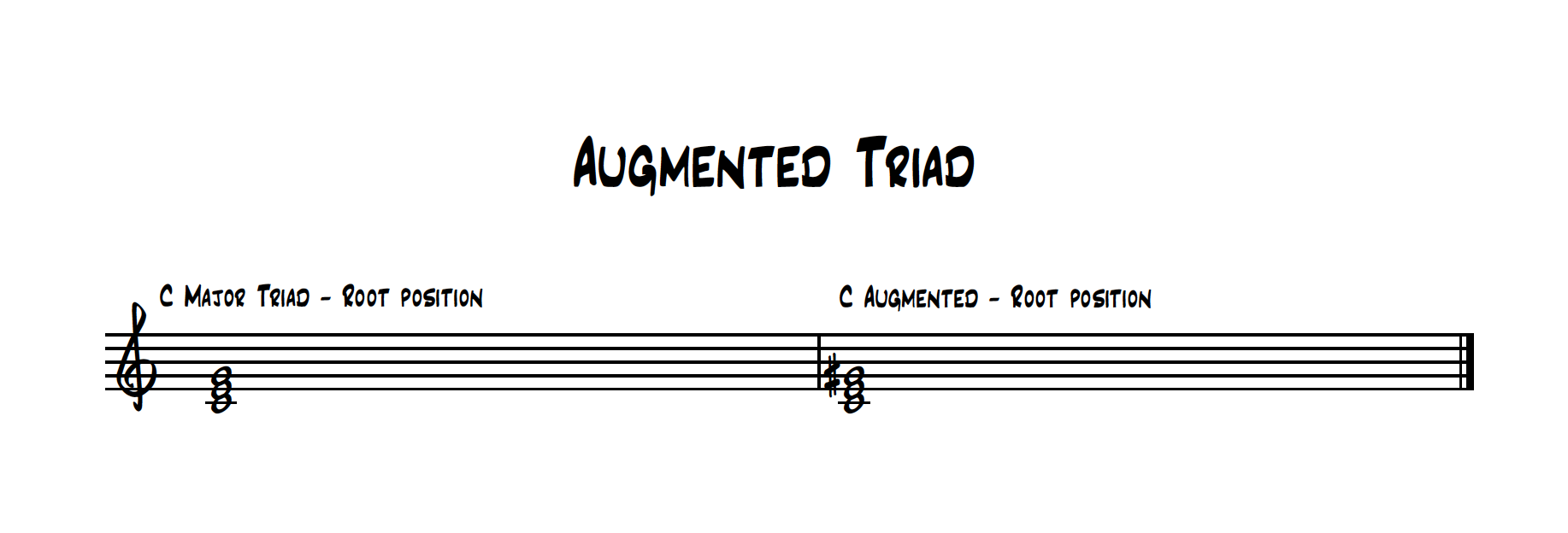“This ‘resolution’ is a very popular trick which is often used in sci-fi soundtracks; you’ll hear it on everything from Alien to Star Trek”: How to augment chords for dramatic effect
If you take a triad and stretch it, what happens? We take a closer look at how augmentation works, but in reality.

When it comes to triads, you tend to know exactly where you are with the basic constructs of major or minor. Take the 3rd of a major triad, drop it by a semitone, and to quote a well known song, it goes from ‘major to minor’; a happy place to a relatively sad place. But what happens if you alter other notes in the triadic construct? Potentially great things…
There are a couple of very useful relatives to our humble major and minor triads, and what’s more, they each evoke a different emotional response. We’re going to concentrate on the augmented triad/chord and look at how it’s constructed and how it functions.
As the name suggests, if we augment something we increase it and in the case of an augmented triad, we take the 5th of the chord and raise it by a semitone.
The result is a chord which sounds unresolved, like it needs to go somewhere, rather than stay in its current state. It’s also a chord, which a little like an Escher sketch, can keep on going, as the interval between each note is what we call a major 3rd.
Hence you can build major 3rd upon major 3rd, and only stop when you run out of keyboard!
Let’s build an augmented triad; take an example of a triad - say, C major, in its root position. We’ll be using the notes C, E & G. Raise the top note (G) by a semi-tone to a G#, and voila, you have an augmented chord.

Augmented reality
Now we know what an augmented chord is, it might be helpful to have an idea where to use it, and there are a couple of really useful placements you should consider.
The first is great for songwriters in particular. Imagine you’re at the end of your verse or chorus, and you’re using chord V (AKA the dominant chord) because you’re heading back to chord I (C). Well, instead of simply using a chord of G major (which is chord V in C major) try using G augmented. It adds an overarching sense of needing to return to chord I and what’s more, it’ll sound more earned once you do return.
This is a very popular device used by none other than the mighty Steve Wonder - there are plenty of his songs that use an augmented chord on chord V. Listen to Don’t You Worry ‘Bout A Thing for a start, and you’ll hear a ton of them.

Boldy go to sci-fi
Another area of music where augmented chords are quite popular is in the soundtrack arena. In particular sci-fi themes heavily explore augmented chords.
Want all the hottest music and gear news, reviews, deals, features and more, direct to your inbox? Sign up here.
This time, we’re going to use a straight C augmented triad, in its root position. If we follow it immediately with a straight triad of C major, we’re in effect forcing the top note to create a falling motion, from G# to G.
This ‘resolution’ as it’s called is a very popular trick which is often used in sci-fi soundtracks; you’ll hear it on everything from Alien to Star Trek, through to Starship Troopers.
Just imagine it being played on a big brassy synth patch, or even by a brass section… you get the idea!

Using augmented chords is a great way of extending your basic chordal palette, and depending on where you decide to place it, in context, the results can be different every time.
Roland Schmidt is a professional programmer, sound designer and producer, who has worked in collaboration with a number of successful production teams over the last 25 years. He can also be found delivering regular and key-note lectures on the use of hardware/software synthesisers and production, at various higher educational institutions throughout the UK
